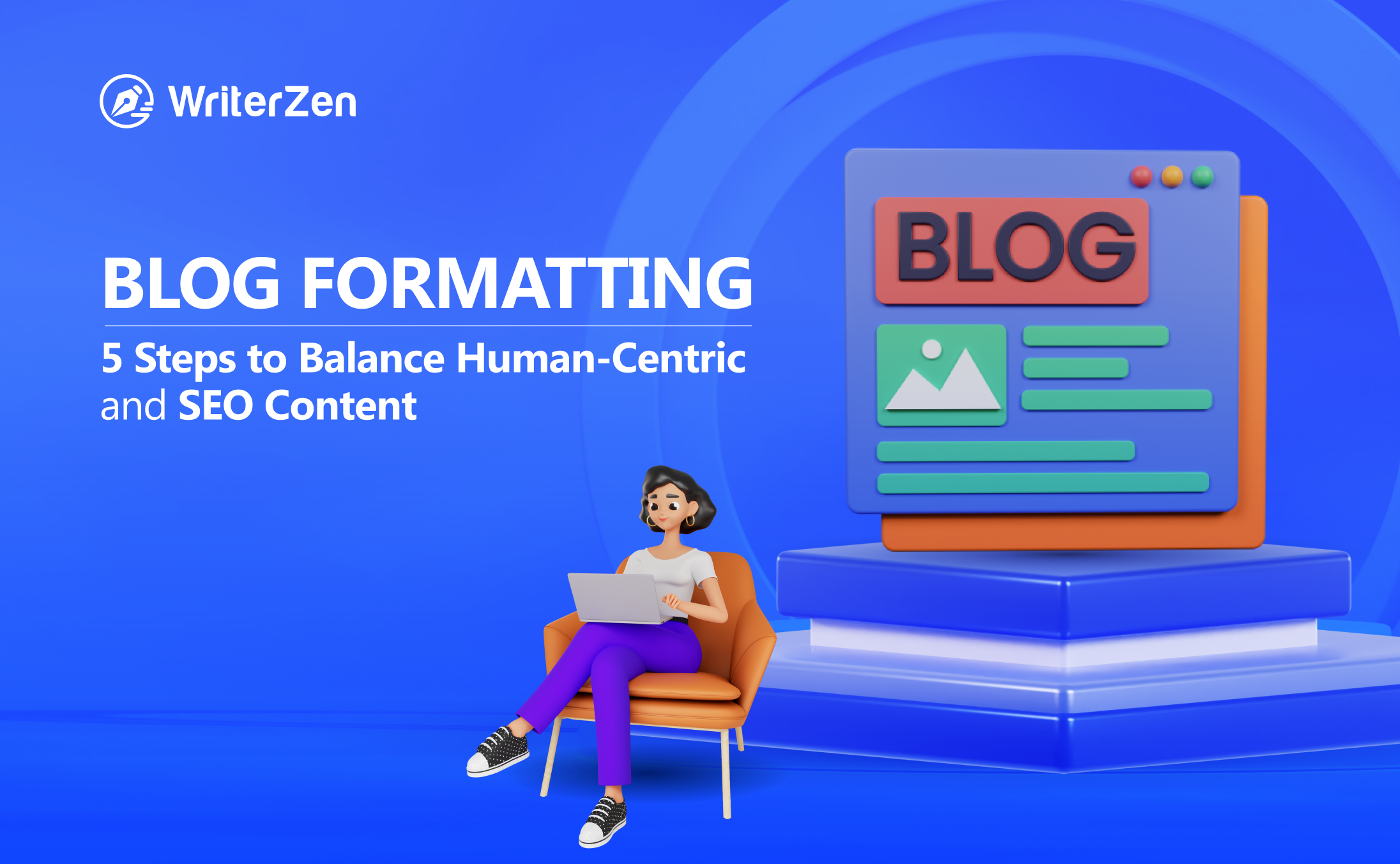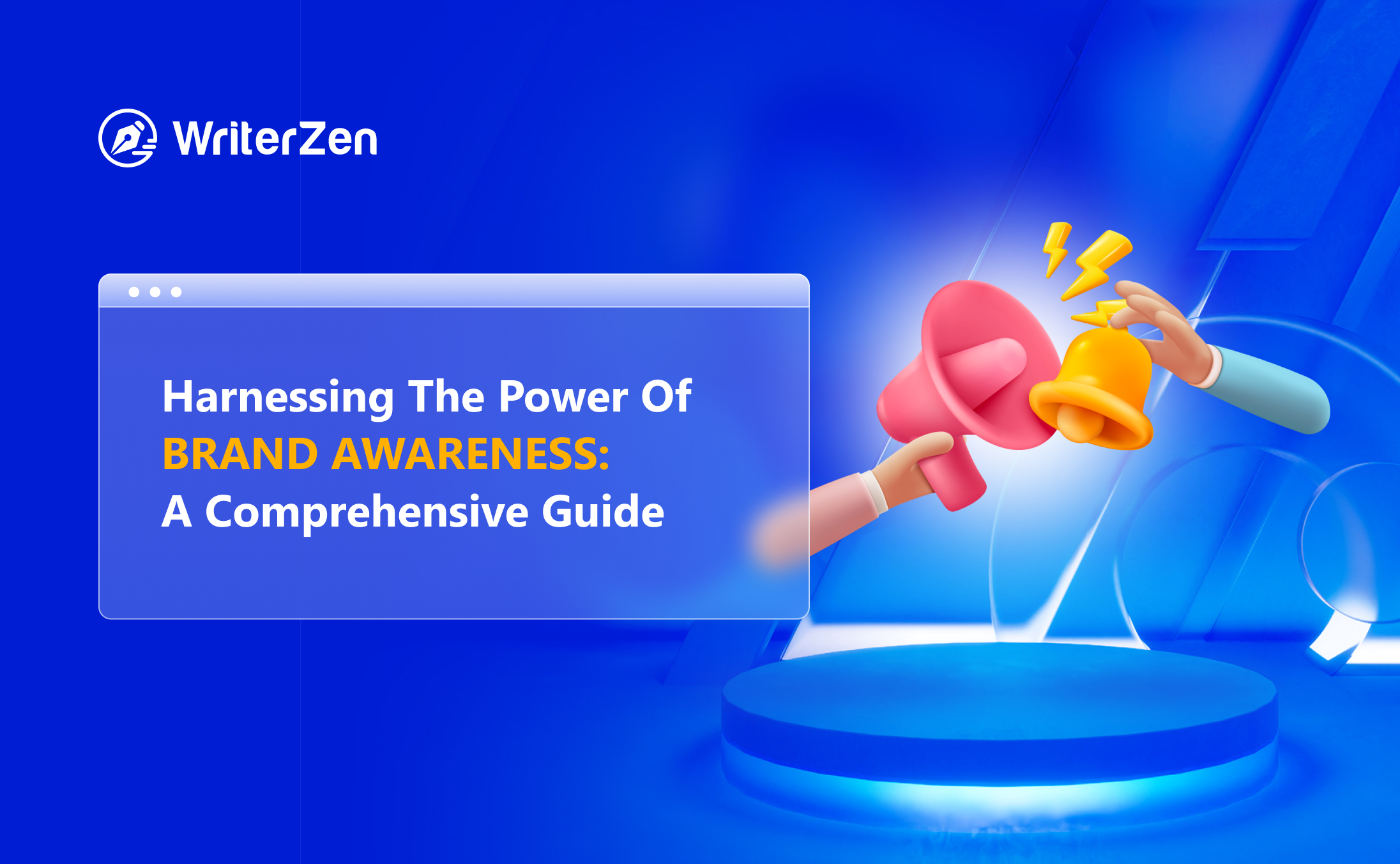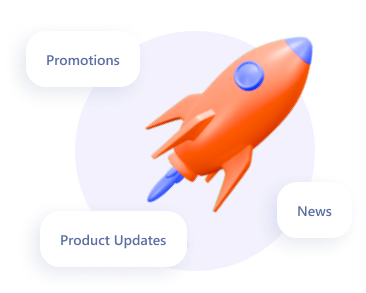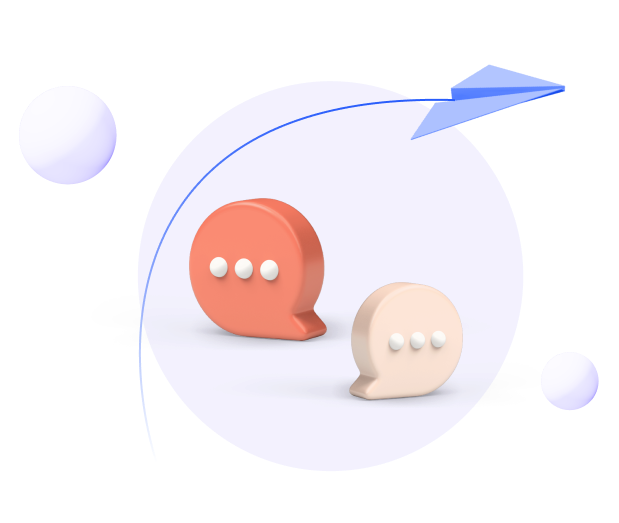Content marketing is the process of creating and distributing valuable and relevant content to attract and retain a specific audience and, ultimately, to drive profitable customer action.
Choosing the right format for your content marketing strategy is essential to maximize effectiveness. But with so many content marketing formats, knowing which ones are best for your business can be difficult.
In this blog post, we'll explore 10 of the most common content marketing formats and provide tips for choosing the right ones for your business.
10 Content Marketing Formats and Their Benefits
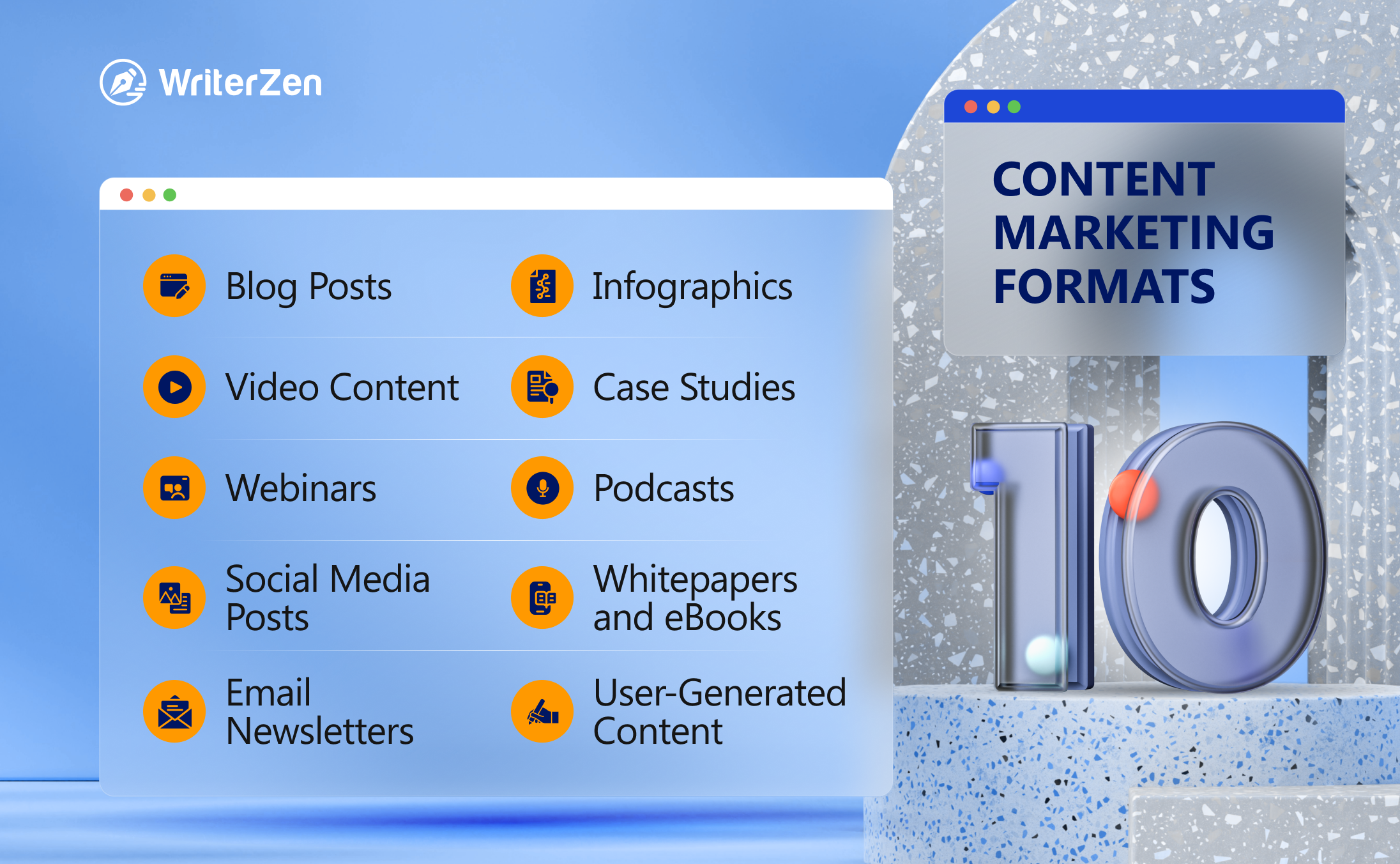
Blog Posts
Blog posts provide fresh content for search engines to index and offer an opportunity to include targeted keywords, which help improve your website's visibility and attract more organic traffic.
Blog posts can be shared on various social platforms, such as Twitter, Facebook, and LinkedIn, and get more eyes on your content. Unlike social media posts that quickly get buried in feeds, blog posts have a longer lifespan, continuing to attract traffic and provide value to your audience over time.
Moreover, blog posts can help you build relationships with your customers, resonate with them, and provide them with valuable information. By writing insightful and informative blog posts, you can position your brand as an authority in your industry, gaining trust and credibility among your target audience.
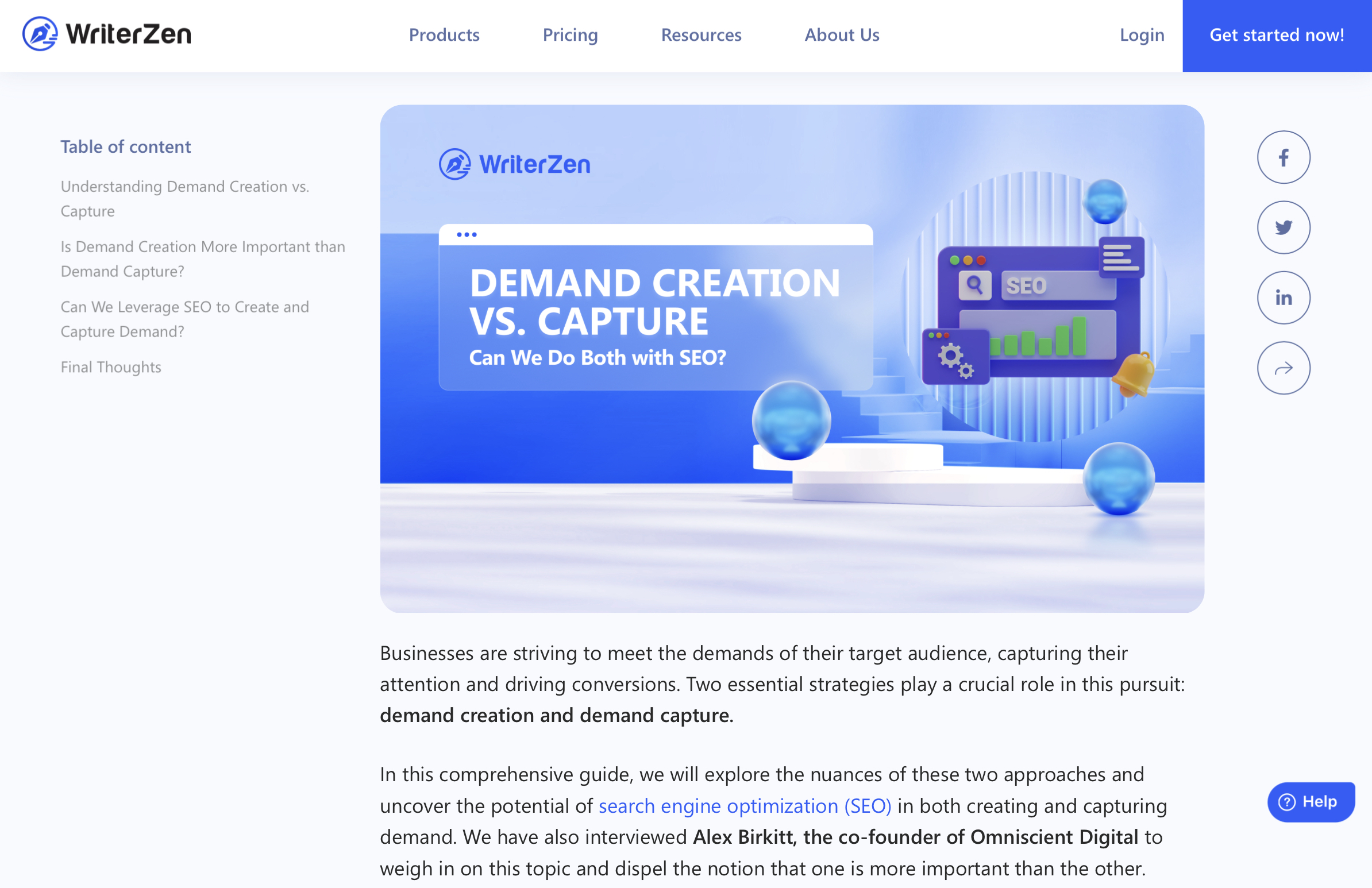
Infographics
Infographics provide a visually appealing way to present information. The combination of colors, images, and illustrations can capture attention and make complex data more easily understandable and memorable.
Moreover, they are excellent for breaking down complex data and enhancing data comprehension by presenting information in a visual format (such as charts, graphs, and icons) rather than relying solely on text.
Additionally, infographics are highly shareable content. When others share your infographics with a proper link to your website, it can generate inbound links and boost your website's SEO.
Video Content
Videos are excellent for demonstrating products, showcasing services, or providing step-by-step instructions. Visual and auditory elements help viewers remember and understand information better than text-based content alone.
Video content also allows for storytelling in a compelling way and showcasing your brand's personality. It will enable you to evoke emotions, create narratives, and connect deeply with your audience.
Additionally, engaging videos that effectively convey the value of your products or services can influence viewers to take desired actions, such as sharing on social media platforms, purchasing, or signing up for a newsletter.
With AI-powered video editing tools, creating these impactful videos becomes even more efficient. AI can help remove noise from video, create AI avatars, and even suggest improvements, allowing you to focus on creativity and storytelling.
Webinars
Webinars are virtual events that allow people to connect and interact with each other online.
They allow you to communicate with people from different locations, regardless of geographical barriers. As participants can join from anywhere with an internet connection, you can increase your potential reach and engage with a global audience.
Compared to organizing in-person seminars or workshops, webinars are generally more cost-effective. There are no travel expenses or venue costs, making webinars a more affordable option while still delivering valuable content.
Webinars also promote active engagement with participants. Through features like live chat, polls, and Q&A sessions, presenters and participants can interact in real time, making the webinar more engaging and allowing immediate feedback and discussion.
Webinars can also provide educational content, such as tutorials and demonstrations. This can be a great way to build trust with potential customers and showcase the expertise of the business.
Additionally, webinars are a lead generation tool as participants are often required to provide their contact information to register, which can help you build a qualified email list for future marketing efforts.
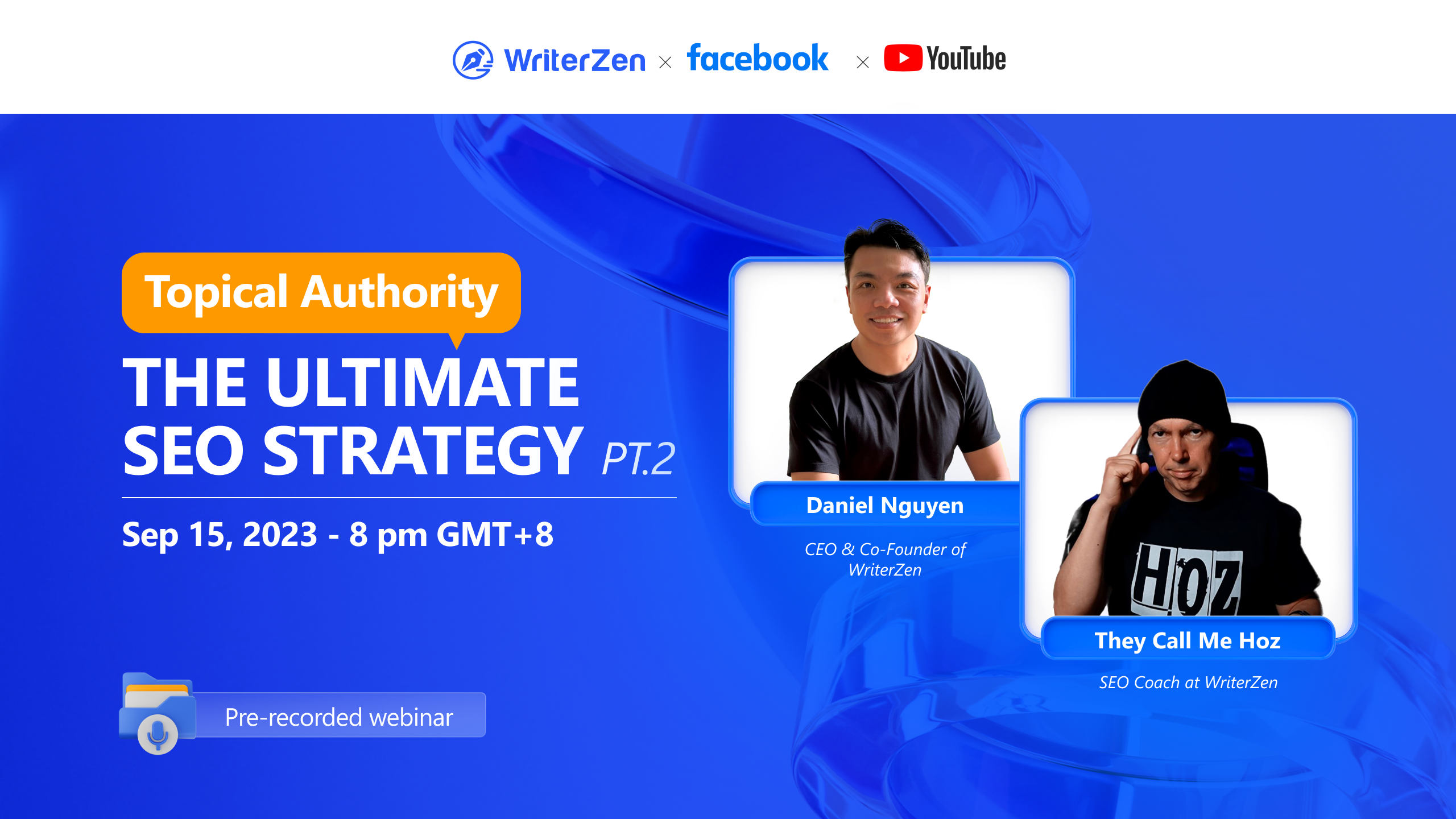
Social Media Posts
Social media posts are messages, images, videos, and other content shared on social media platforms such as Facebook, Twitter, and Instagram.
Consistent social media posting helps create brand awareness and recognition, allowing you to increase your brand's visibility and reach a wider audience. As people engage with and share your posts, your brand name and content can be exposed to new audiences.
Social media posts also provide an opportunity to engage with your audience and build relationships with them. By responding to comments and messages and interacting with users who engage with your posts, you can foster a sense of community and connect with your followers on a more personal level.
You can also use social media to share news and updates about your business and include a link to your website. This helps to keep your followers informed and can help to drive more traffic to your website. Additionally, you can use social media to highlight customer success stories and showcase the positive impact your products or services have on your customers.
However, it is important to remember that social media is a dynamic platform. You must stay up-to-date with the latest trends and changes to ensure your posts remain relevant and engaging. Through regular monitoring and analysis, you can ensure that your content is effective and resonates with your audience.
Whitepapers and eBooks
Whitepapers and eBooks are digital documents that provide detailed information about a specific topic. They are often used as part of content marketing strategies to inform and educate potential customers.
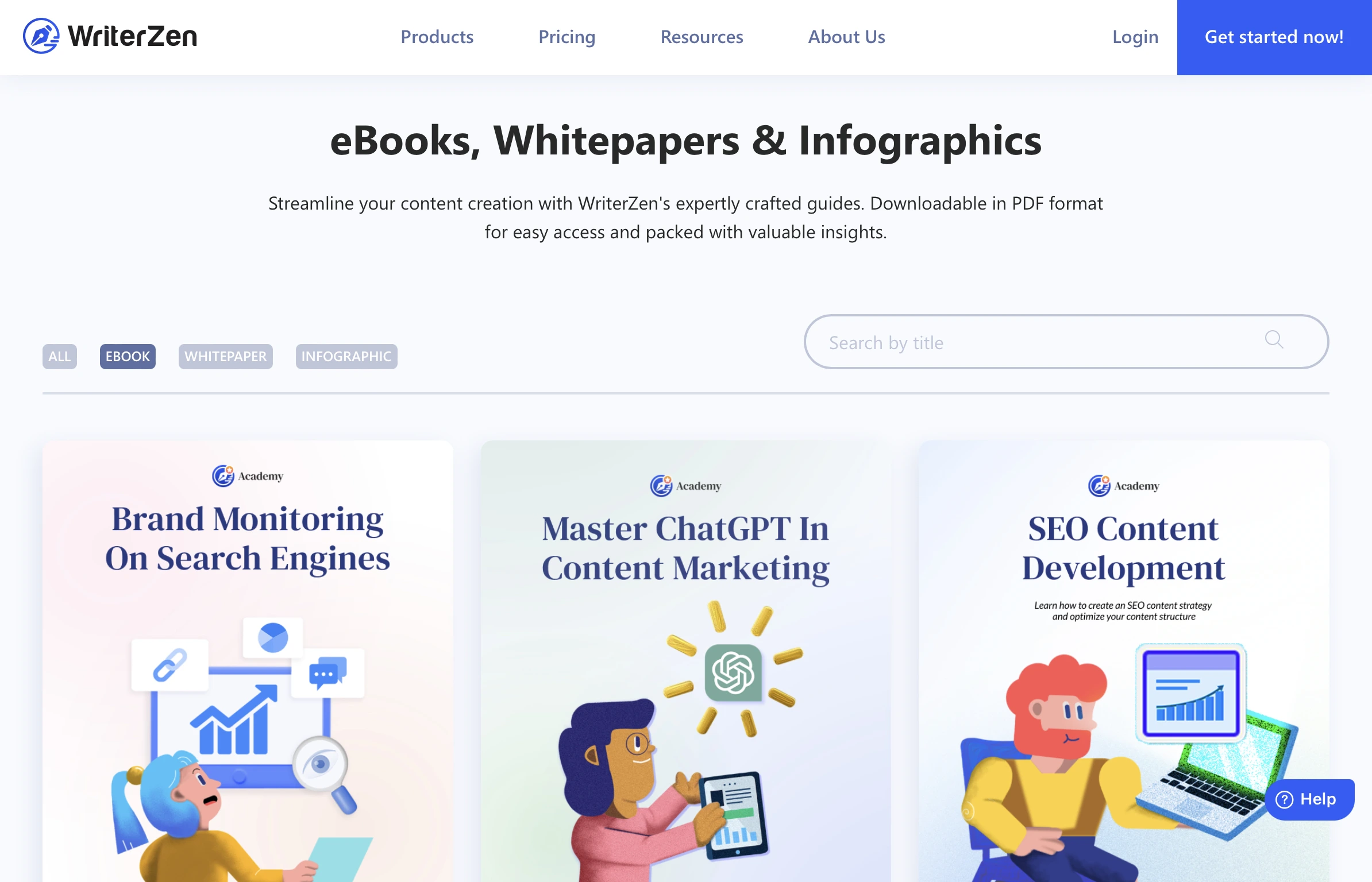
Whitepapers and eBooks are typically longer than blog posts and articles, usually between 2,000 and 5,000 words. They are often written in a more formal and technical style than other types of content and can be used to provide in-depth information about a product or service.
These formats are also a great way to establish yourself as a knowledgeable authority in your industry, showcasing your expertise on the topic. Furthermore, they can be used to drive leads and sales, as they often require readers to provide their contact information (such as email addresses) in exchange for accessing the content.
Additionally, they provide an opportunity to nurture leads and guide them through the buyer's journey. By embedding relevant calls-to-action or links within the content, businesses can direct readers to relevant products, services, or landing pages, increasing the chances of conversion.
Case Studies
Case studies are a content marketing strategy used to illustrate how a product or service has been used to solve a problem or achieve a goal. They provide a great way to showcase the value of a product or service and demonstrate the success of a particular strategy.
Case studies provide evidence-based content that is more persuasive than traditional marketing messages. They can also be used to build trust with potential customers by showing that other customers have had success with the product or service.
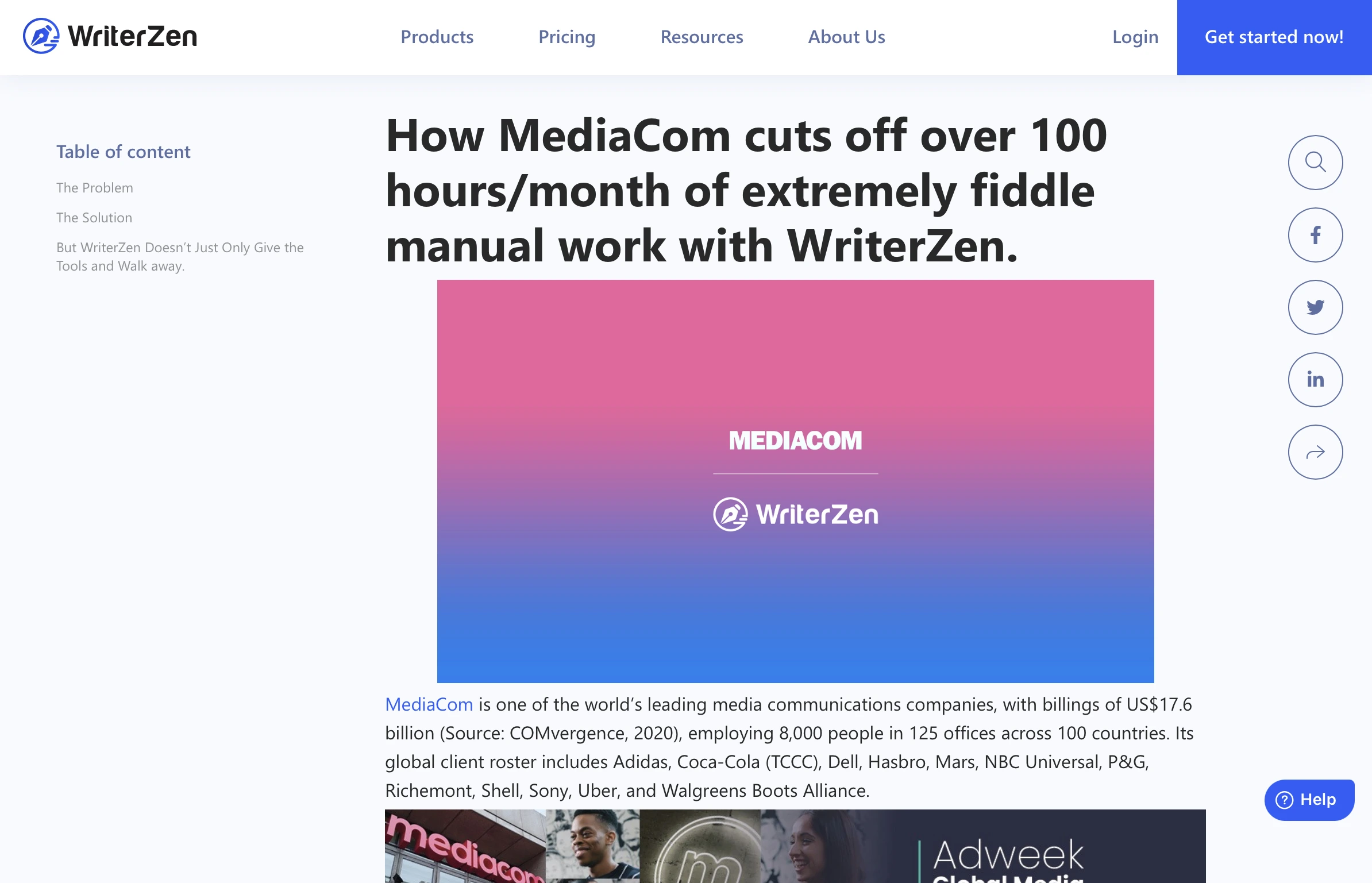
Moreover, case studies allow you to highlight specific challenges or pain points your target audience may be experiencing. By presenting how similar clients overcame these challenges using your products or services, you can create a relatable connection with potential customers and position yourself as a solution provider.
A comprehensive look at your services' results can help potential customers understand the full scope of what you can offer. This can be especially useful when you have a broad range of products or services that may be difficult to explain in a single sentence or paragraph.
Podcasts
Podcasts are digital audio files available for streaming or downloading over the internet, enabling you to connect with and captivate a wider audience in a unique way. Audio content allows for multitasking, as listeners can consume podcasts while commuting, working out, or engaging in other activities.
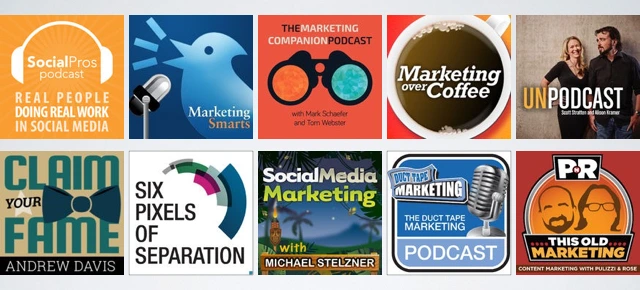
Source: Brand Driven Digital
Hosting a podcast can position you and your brand as industry experts and thought leaders. Sharing valuable insights, interviewing experts, and discussing relevant topics help you establish credibility, strengthen your brand, and gain the trust of your audience.
Podcast episodes can also be repurposed into other forms of content, such as social media snippets, blog posts, or transcriptions. This enables you to leverage your podcast content across multiple channels, extending its reach and amplifying the impact of your messaging.
Email Newsletters
Email newsletters allow you to establish direct communication with your audience by delivering content directly to their inbox. Unlike social media algorithms or search engine rankings, emails have a higher chance of being seen and read by your subscribers, providing an opportunity to stay top-of-mind and keep your brand in front of your audience on a consistent basis.
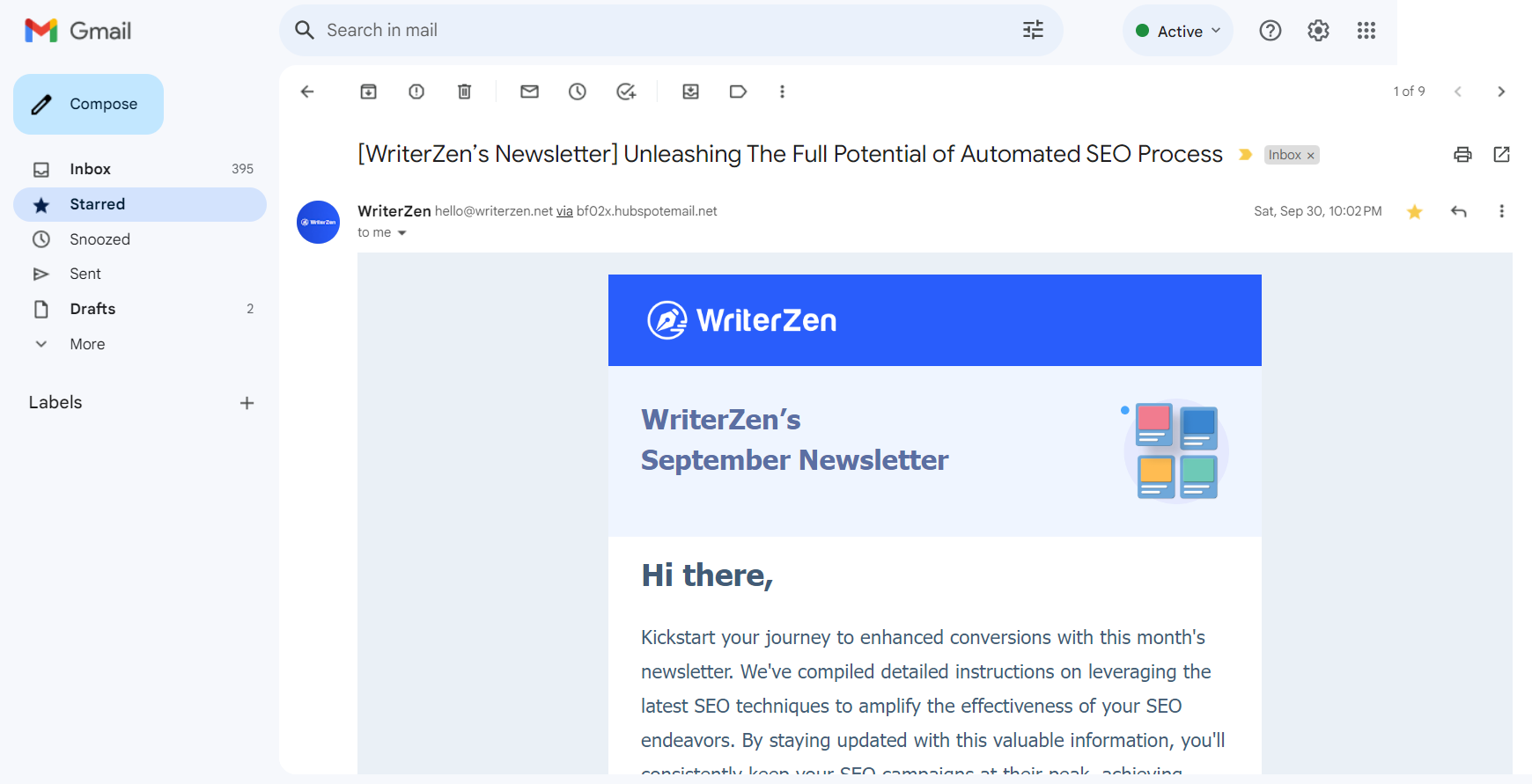
You can segment your subscriber list with email newsletters based on their interests, preferences, and behaviors. This enables you to tailor your content and deliver targeted messages to specific segments of your audience, increasing the relevance and effectiveness of your communications.
For example, you could create separate segments for customers who have purchased a product, customers who have abandoned their shopping cart, and customers who have subscribed to your newsletter. You can use email automation to create automated campaigns triggered by certain user actions, which help ensure that your customers receive timely, relevant messages.
Email newsletters drive engagement by including compelling content, calls to action, and links to your website, blog, or other relevant resources. This can increase website traffic, time spent on your site, and conversion opportunities.
Speaking of which, you might want to subscribe to our newsletter for the latest news on digital marketing. Click here to subscribe!
User-Generated Content
User-generated content (UGC) is content created by users of a website, app, or other digital platform. UGC can be anything from comments and reviews to blog posts and pictures. It can even include videos, podcasts, and other audio recordings.
Instead of solely relying on creating all your content in-house, this type of content provides a cost-effective way to generate fresh and diverse content. By leveraging UGC, you can expand your content library without significant investment in production costs. Users are often excited to share their experiences, which can lead to a consistent stream of high-quality content for your brand.
UGC encourages engagement from users and allows them to interact with each other. It acts as social proof, showcasing how real people use and enjoy your products or services. Seeing others positively engage with your brand can influence potential customers, making them more likely to try your products or services themselves.
How to Choose Which Content Marketing Format to Use
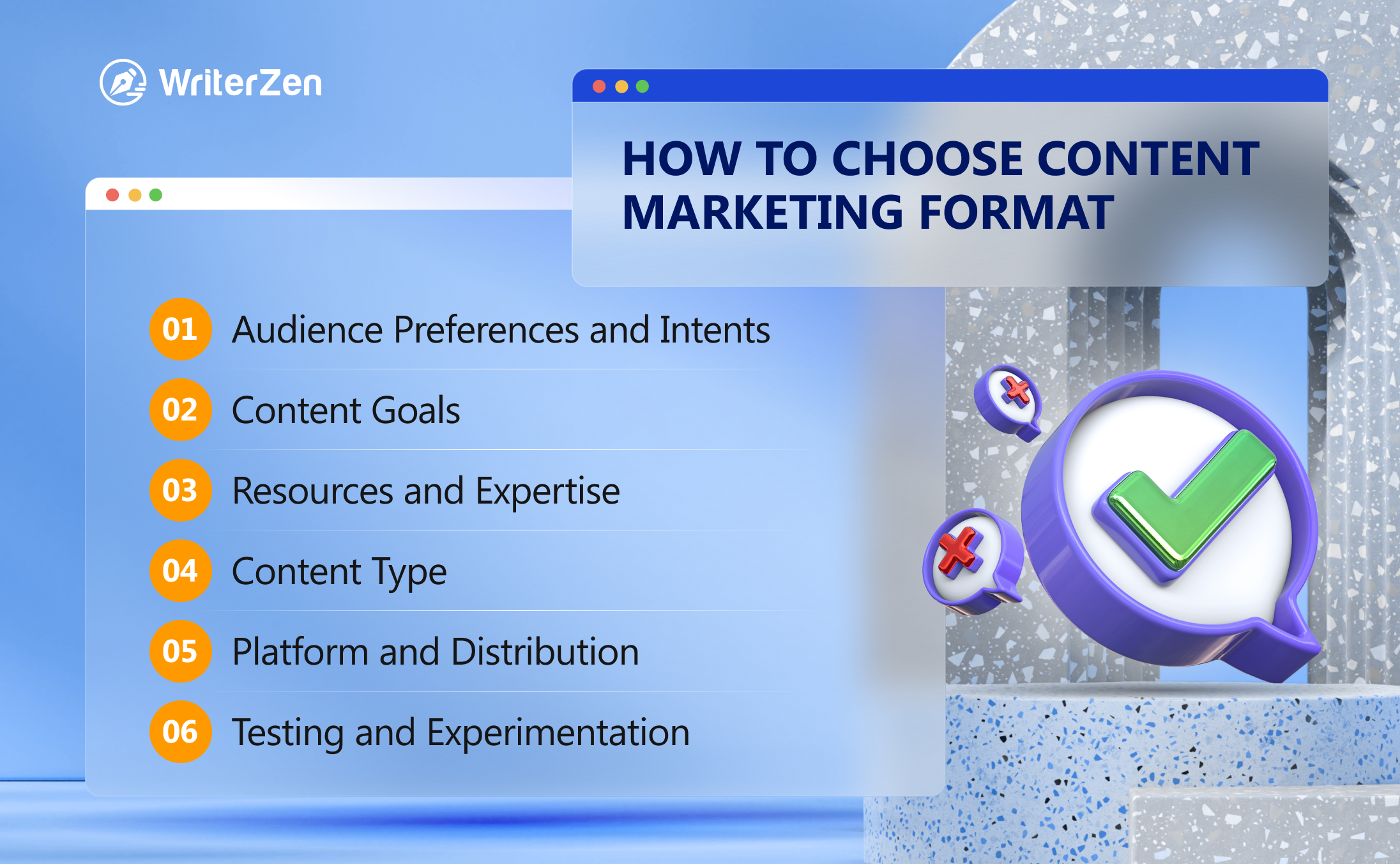
Audience Preferences and Intents
Understanding your target audience and their preferred content consumption habits is the first step to creating content that resonates with them. Researching their interests, preferences, and needs will help you tailor your content to their specific needs.
For example, consider using infographics or videos if your audience is more likely to engage with visual content. You can also use surveys and polls to gain insights into what kind of content connects with your audience.
Another way to maximize your content marketing impact is to understand user intent and tailor content marketing formats accordingly. Check out this insightful lesson to learn how to choose content formats based on audience intent.
Content Goals
No matter what type of content you create, having a clear goal is important.
A content goal helps align your content with your overall marketing or business objectives. It ensures that your content serves a specific purpose in terms of generating leads, driving traffic, boosting brand awareness, or engaging your target audience.
For example, formats like whitepapers or eBooks might work well if you aim to educate and provide in-depth information. If you want to increase website traffic, consider creating easily shareable content, such as infographics or blog posts.
Resources and Expertise
When deciding on the format of your project, consider what you can realistically produce with the resources available to you.
For example, if you have a limited budget and a small team, producing a video may not be feasible. However, if you have access to more resources and a team with technical skills, you can create a complex and visually appealing video with more advanced features.
Content Type
Different types of content lend themselves better to specific formats.
For instance, if you have customer success stories or industry research to share, case studies or research reports are the right choices.
A blog post or video series could be the best way to get your message across if you want to build relationships with customers or industry contacts. If you are looking to build a following, social media can be a great tool for creating content that resonates with your audience.
Platform and Distribution
Consider the platforms on which you intend to share your content. Different formats work more effectively on certain platforms.
For instance, podcasts are ideal for audio platforms, while social media posts are tailored for social networks. Ensuring that the format you select aligns well with your chosen distribution channels is essential.
Testing and Experimentation
Feel free to experiment with various formats and evaluate their effectiveness. Conduct tests using different formats and track metrics such as engagement, conversions, and reach to determine which format best connects your audience.
Final Thoughts
In conclusion, when it comes to content marketing, the format you choose is crucial for reaching and engaging your audience effectively. Understanding the various content formats available and their specific benefits is the first step in creating a successful content marketing strategy.
By considering factors such as your goals, target audience, and distribution channels, you can strategically select the right format that aligns with your objectives. Don't be afraid to experiment and analyze the performance of different formats, as this will provide valuable insights into what resonates most with your audience.
Remember, content marketing is a dynamic field, and being adaptable and open to trying new formats can lead to higher engagement, conversions, and reach for your brand.
So, take the time to assess your options, think creatively, and keep evolving your content marketing strategy to stay ahead in this ever-changing digital landscape.


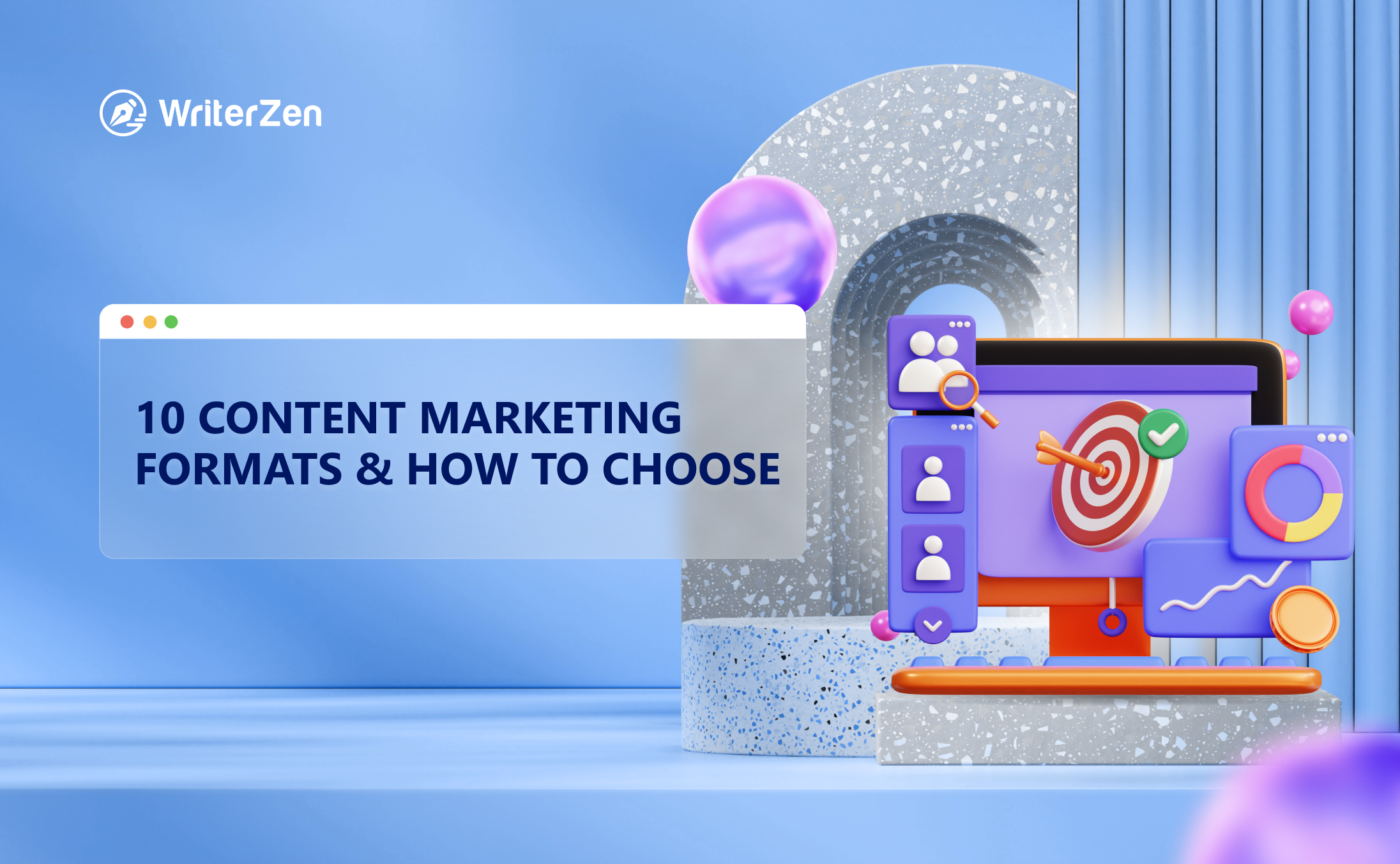
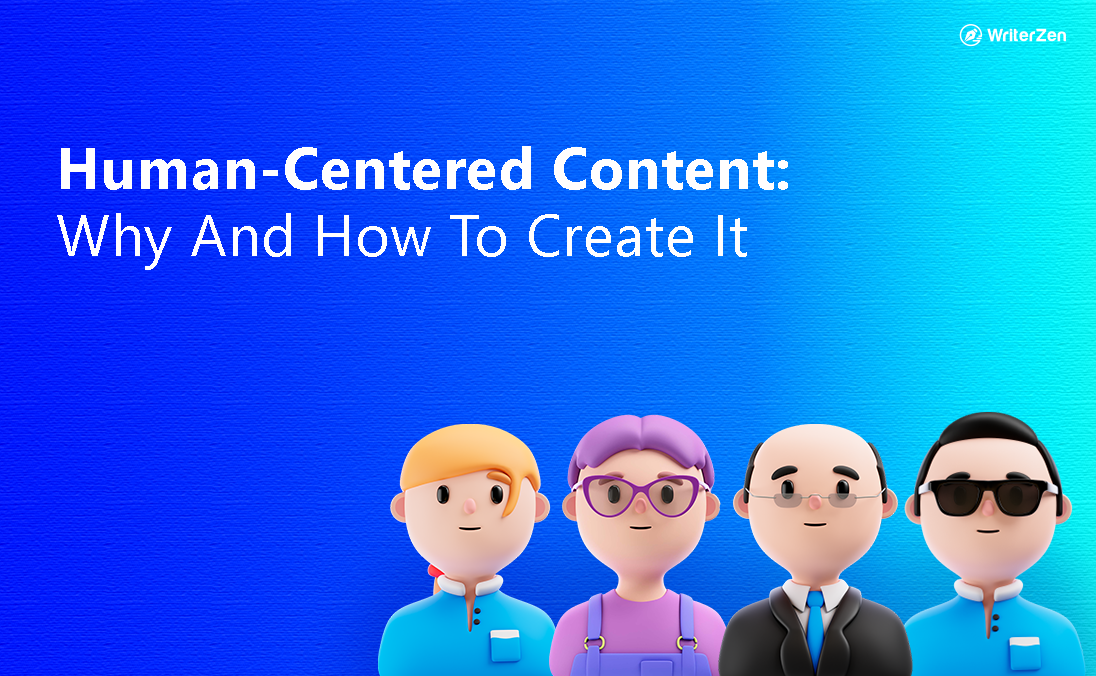
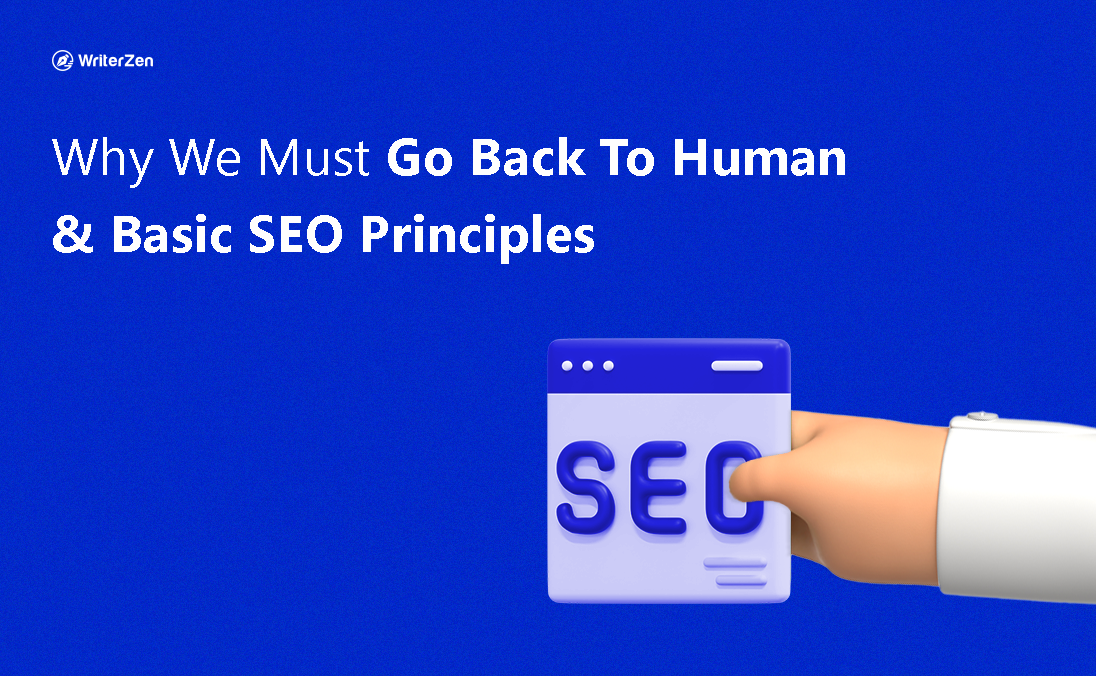
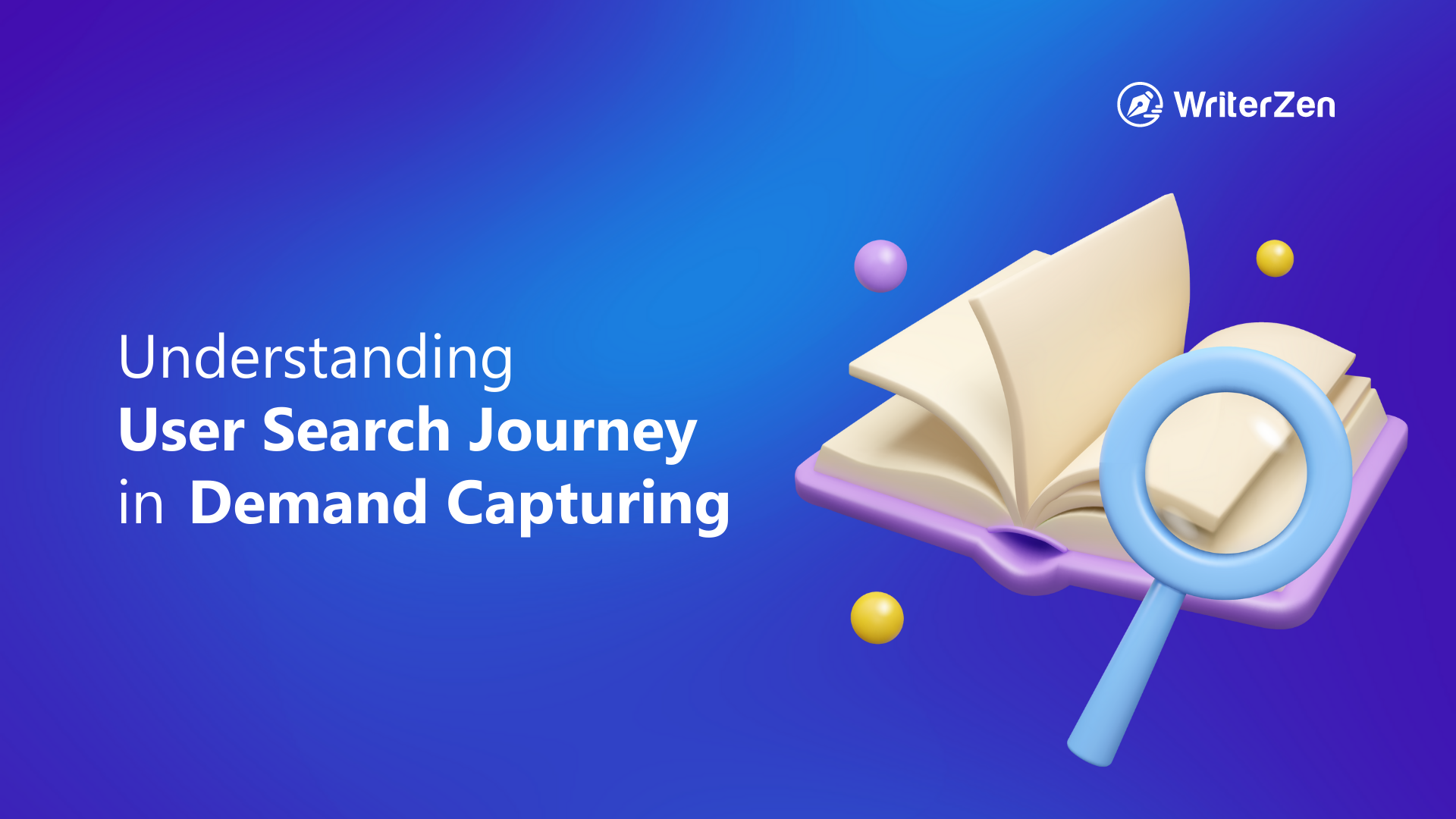
![Latest Digital Marketing Trends & How to Navigate through the Ever-Changing Marketing World [2023 Edition]](/storage/photos/1/blog-3.27/digital-marketing-trends.webp)
